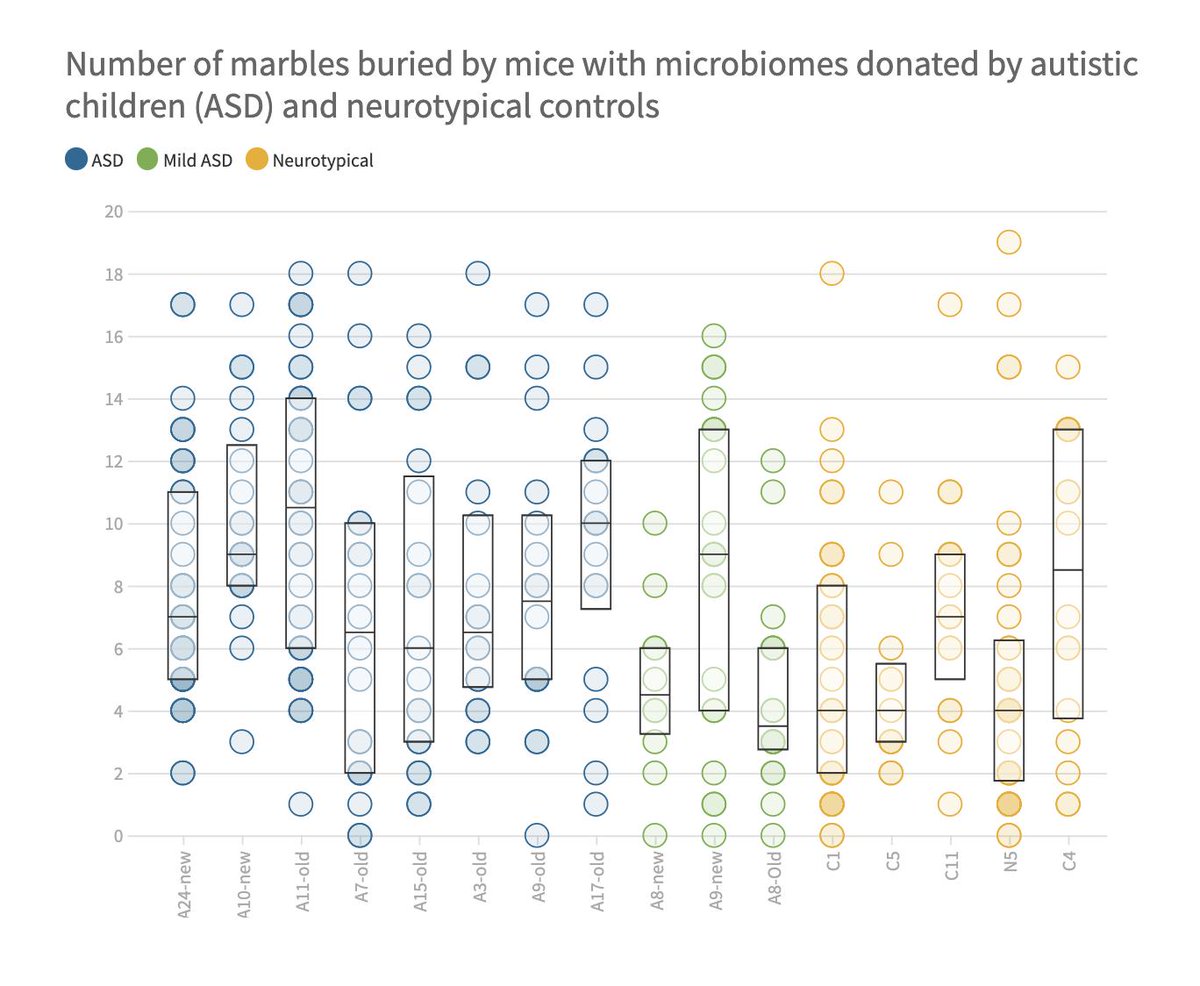I had some fun with @f_l_o_u_r_i_s_h #dataviz and #opendata. It's pretty illuminating...
medium.com/metascience/ca…
Lots of other critiques in this earlier thread including @WiringTheBrain @Dereklowe @LukeHolman_Evo @surt_lab
To review it competently you'd need to be an expert in animal behaviour, clinical psychology, genetics, microbiology, neurobiology, stats...










